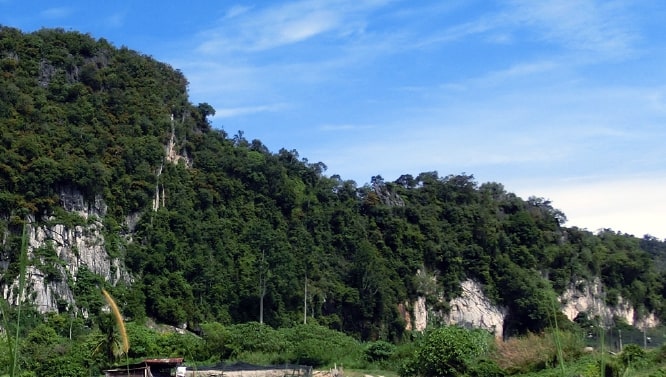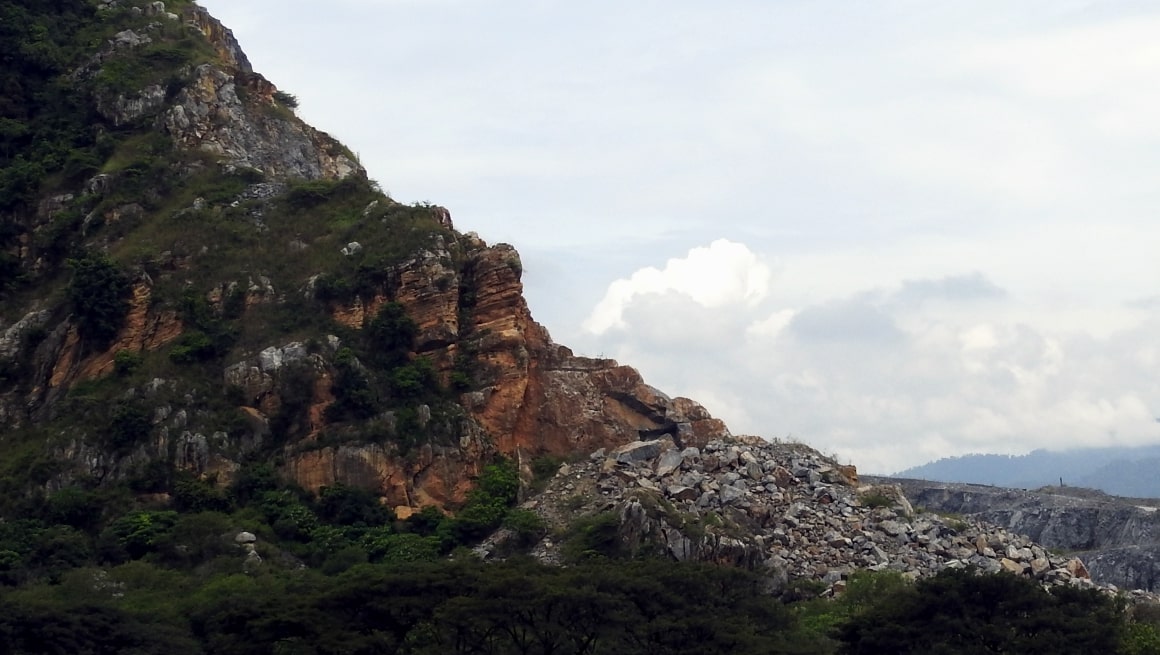BIODIVERSITY CONSERVATION INITIATIVES
Gunung Kanthan,
Perak
Conserving the unique flora and fauna of Gunung Kanthan.
Gunung Kanthan is a unique karst ecosystem surrounded by complex microhabitats which comprise of natural and man-made landscapes.
Gua Kanthan is measured at approximately 270m in length. It is made of two main chambers, with the general floor level at 79m above mean sea level, and its highest ceiling measuring 109m from the stream level. A window at the height of 32m from the floor allows the sunray to illuminate one portion of the cave.
Gua Kanthan has been declared as part of the Kinta Valley Geopark, a National Geopark in October 2018, hosting various endangered species of flora and fauna. The Kanthan Biodiversity Conservation Initiative (KBCI) is focused on the conservation of the unique flora and fauna found in the area.
GUNUNG KANTHAN
Unique karst ecosystem in Malaysia
Gunung Kanthan is a unique karst ecosystem surrounded by complex microhabitats of natural and man-made landscapes. Gunung Kanthan is categorised into four vegetation zones: ground vegetation, hill slopes, summits and aquatic habitats.
The karst biology possesses fascinating characteristics, including high alkaline and thin soil layers with variable climatic conditions that provide various ecological niches which supports a high diversity of plants and animals.
The limestone vegetation consists several limestone specialist species such as small herbs and rock-face species: Pandanus sppp., calcicole cycad, orchids, palms, as well as common trees and shrubs.

Vegetation Zonation On
Gunung Kanthan
Findings from the Gunung Kanthan biodiversity study
We worked with Institute of Biological Science, University Malaya (UM) to develop the foundation of Kanthan’s biodiversity inventory for flora and fauna through a series of comprehensive biodiversity surveys in 2014.
Species of flora and fauna identified
Discover Our Findings
Identifying Rare Species
Gunung Kanthan is an isolated limestone habitat bordered by croplands, fishponds, rubber and oil plantations. There have been over 1,200 limestone floristic compositions that have been recorded in Peninsular Malaysia, with roughly 21% of accounted limestone flora being endemic.
The structural and physiognomic features of limestone vegetation depend on the microhabitats and interrelation between soils, substrate and climate.
Nurturing Endemic Species

Meiogyne Kanthanensis
Belongs to the family of Annonaceae. This species was discovered for the first time in 2013 and categorised as Critically Endangered by IUCN Conservation Status due to the restricted species distribution. It is a small tree up to 15m tall and the flowers produce a complex scent reminiscent of pomelo, citrus, plum, lemongrass and lychee.
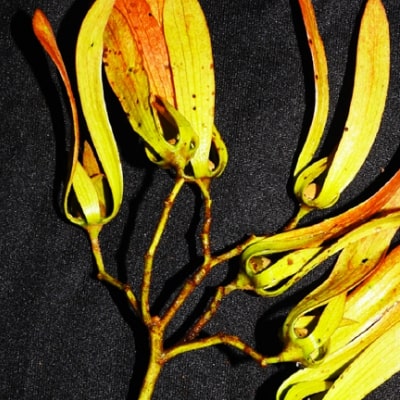
Vatica Kanthanensis
Belongs to the family of Dipterocarpaceae. This species was discovered for the first time in 2013 and categorised as Critically Endangered by IUCN Conservation Status due to the restricted species distribution.

Gymnostachyum Kanthanense
Belongs to the family of Acanthaceae. It was a newly described species in 2013. This species is a small creeping herb with purple flowers. Due to its restricted habitat, this herb is categorised as Critically Endangered based on IUCN Conservation Status.

Paraboea Vulpina
Belongs to the family of Gesneriaceae. The Paraboea vulpina is one of the endemic limestone specialist that has been recorded in Peninsular Malaysia (Kinta Valley) and Thailand. This species is categorised as Vulnerable by IUCN Red List Database and became a major concern for conservation due to the limited species distribution
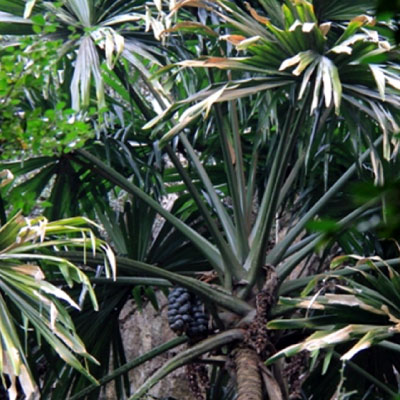
Borassodendron Machadonis
Belongs to the family of Arecaceae. The fan palm Borassodendron machadonis which was said to be Perak endemic, was found in several locations to flourish on the substrate of abandoned oil palm plantation at the eastern buffer zone of the Kanthan quarry operational area. The fan palm can grow up to 20m tall and can be found in lowland forests, including on limestone.
Other Flora Species
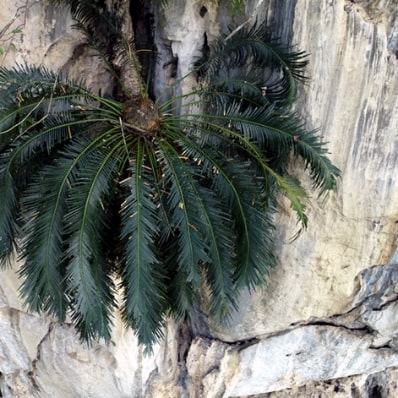
Calcicole Cycad

Passiflora Foetida L. (Pokok Letup-Letup)

Alocasia Longiloba (Araceae)

Microchirita Sericea (Gesneriaceae)

Begonia Kingiana (Begoniaceae)

Amorphophallus Prainii (Araceae)
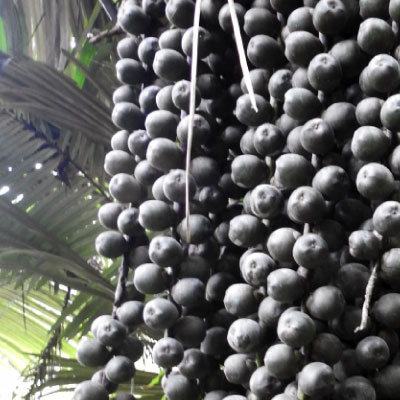
Sugar Palm, Arenga Westerhoutii (Araceae)

Kacang Centro, Centrosema Pubescens (Leguminosae)
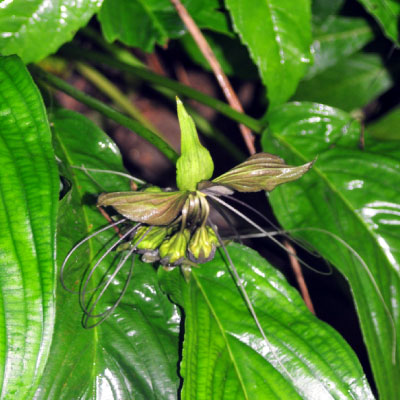
Keladi Murai, Tacca Minor (Dioscoreaceae)

Kulat Hitam, Nigroporus Vinosus (Polyporaceae)
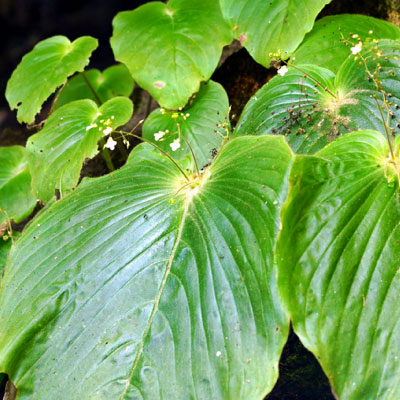
Monophyllaea Spp. (Gesneriaceae)
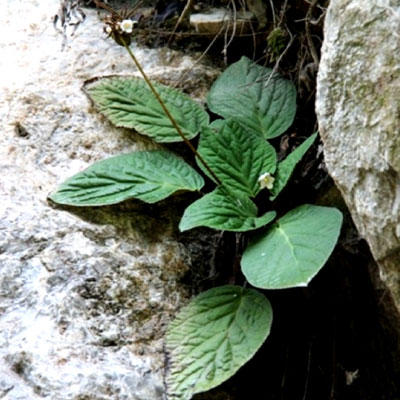
Paraboea Capitata Var. Capitata (Gesneriaceae)

Pokok Gelenggang, Senna Alata (Lehuminosae)
Documenting The Wildlife
Limestone hills in the tropic are regarded as “arks” of biodiversity as they contain high levels of endemic species of flora and fauna. The degradation of forests on and around limestone hills can result in negative impacts on the hill’s biodiversity. We have collaborated with various organisations to ensure the environmental protection and sustainable development at the Kanthan Quarry site through knowledge sharing, capacity building and transfer of environmentally sound technologies.
Home to various unique species
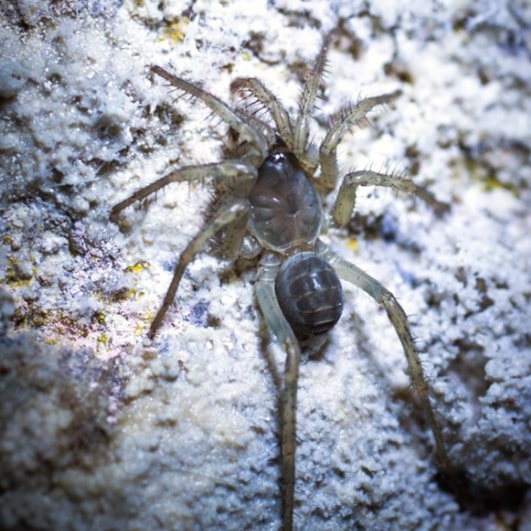
Liphistius Kanthan
Kanthan Trapdoor Spider: The spider got its name because it lives in a hole on the wall of Gua Kanthan. The radiating webs project outward from the nest, enabling it to sense any movement of preys that pass through its nest. When the spider senses any vibration on the webs, it will open the door and catch the prey.
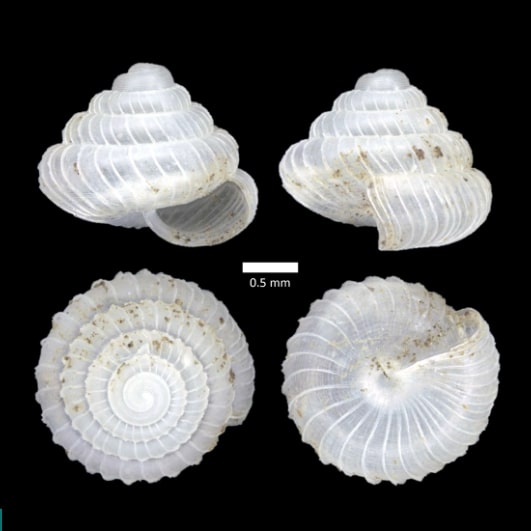
Charopa Lafargei
The Lafarge Snail is a microsnail with 1.6mm height and 1.7mm width and was initially thought to be only found on a hill in the Kanthan Quarry buffer zone. However, a comprehensive landsnail study done in 2016 has proven that this little creature also inhabits other limestone hills in the Kinta Valley.

Cyrtodactylus Guakanthanensis
Gua Kanthan Bent-Toed Gecko is a new species that can be found only at Gunung Kanthan. This lizard is active during the night at the limestone walls, adjacent boulders surrounded by the limestone forests and limestone forest vegetation.
Other Fauna Species
Invertebrates
Gunung Kanthan, a tropical limestone karst, is unexceptionally accountable to many invertebrates where some of them may be unique and even endemic. Despite their size, these tiny creatures undeniably play eminent roles in maintaining and balancing ecosystems.

Lady Bug From Coccinellidae Family
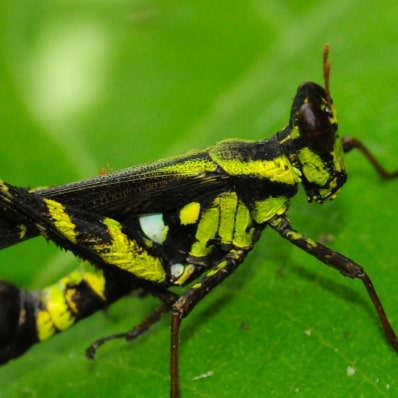
Erianthus Versicolor, Monkey Grasshopper

Moth From Lepidoptera Family
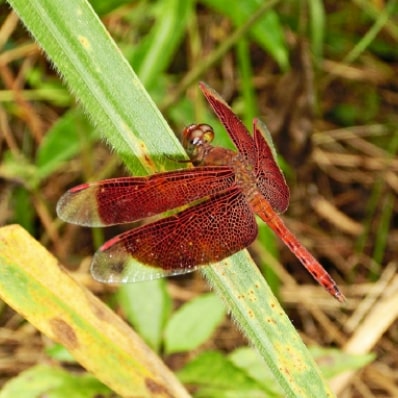
Neurothemis Fluctuans
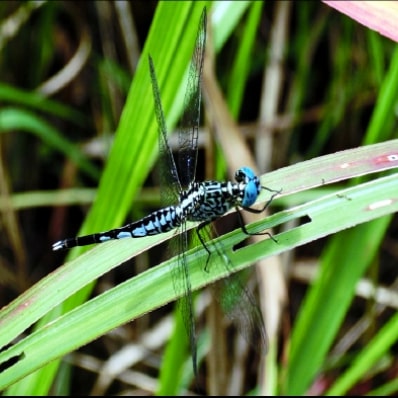
Acisoma Panarpoides

Xenocatantops Humilis
Frogs And Toads
A total of 20 species of amphibians were recorded from Gunung Kanthan and its adjacent areas. The survey was made mostly at night by visual encounter sampling and vocal recognition. There are four species of amphibians listed as Protected (P) species according to the Wildlife Act 2010 (Act 716). All of them were found at the surrounding forested area of Gua Kanthan.

Microhyla Heymonsii, Arcuate-Spotted Pygmy Frog

Duttaphrynus Melanostictus, Black-Spectacled Toad

Fejervarya limnocharis, Grass Frog

Microhyla Butleri, Tubercled Pygmy Frog
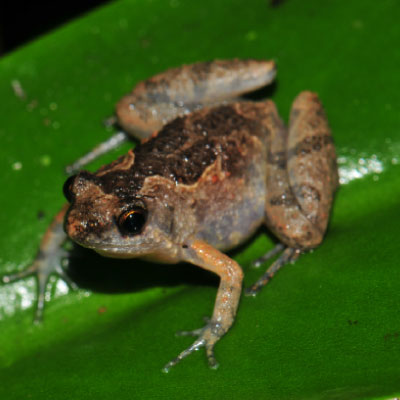
Microhyla Fissipes, Ornate Narrow-mouthed Frog

Hylarana erythraea, Common Green Frog

Hylarana Labialis, Common White-lipped Frog
Reptiles
In total, 23 reptiles comprising of lizards, geckos, snakes and freshwater turtle were discovered in Gunung Kanthan. Among the reptiles found, two species of turtle namely Southeast Asian Box Turtle (Cuora amboinensis) and Southeast Asian Soft-shell Turtle (Amyda cartilaginea) were listed as Vulnerable in IUCN Redlist.
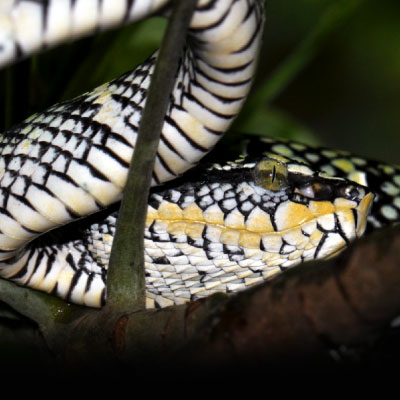
Tropidolaemus Wagleri, Wagler’s Pit Viper
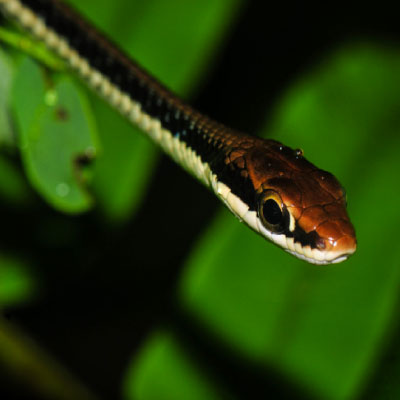
Dendrelaphis pictus, Painted Bronzeback
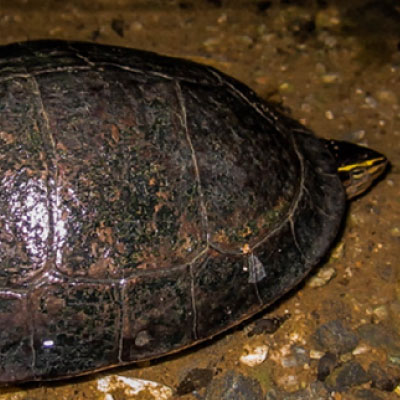
Cuora Amboinensis, Southeast Asian Box Turtle
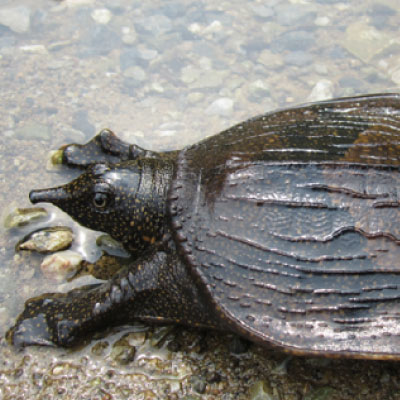
Amyda Cartilaginea, Southeast Asian Soft-shell Turtle

Calotes versicolor, Garden Fence Lizard
Mammals
Primates

Macaca Fascicularis, Adult Long-Tailed Macaque

Trachypithecus obscurus
Squirrels

Ratufa Bicolor
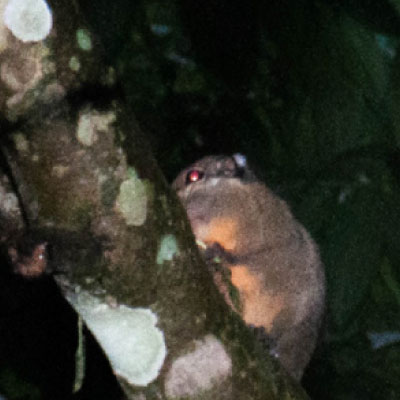
Sundasciurus Tenuis, Slender Squirrel
Bats
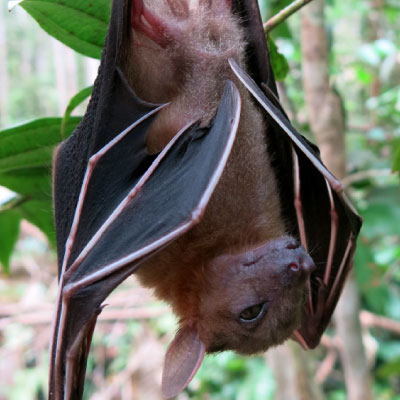
Cynopterus Brachyotis, Short-nosed Fruit Bat
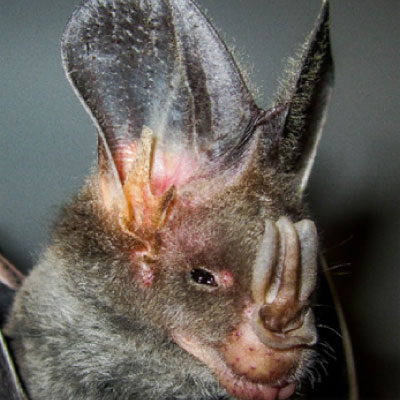
Megaderma lyra, Greater False-Vampire Bat

Hipposideros Bicolour, Bi-coloured Roundleaf Bat
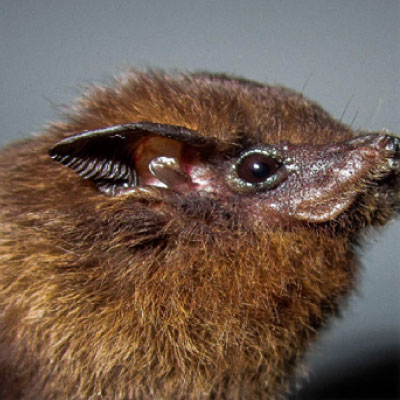
Emballonura Monticola, Lesser Sheath Tailed Bat

Hipposideros Cineraceus, Ashy Roundleaf Bat

Thinolopus Iepidus

Rhinolophus Affinis, Intermediate Horeshoe Bat
Others

Serow, Capricornis Sumatraensis
Fishes
A total of 9 species from six families of local fishes were recorded in Gunung Kanthan and its vicinity.

Mystus Nigricepts, Baung Layar
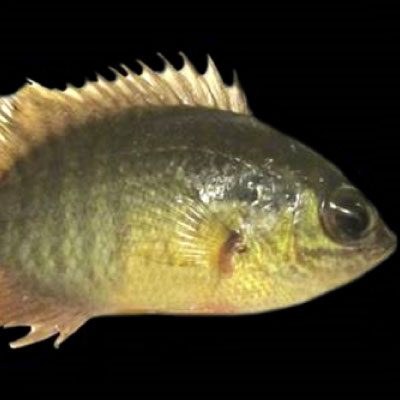
Pristolepis Fasciata, Patong

Osteochilus Vittatus, Terbul
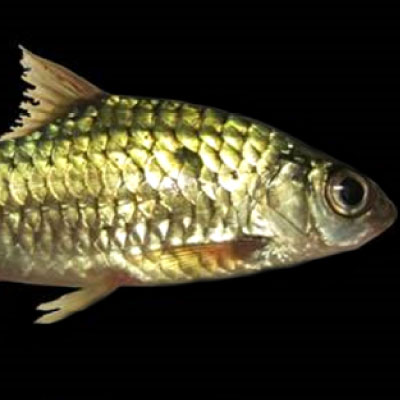
Puntius Brevis, Tebal Sisik

Rasbora Vulgaris, Seluang
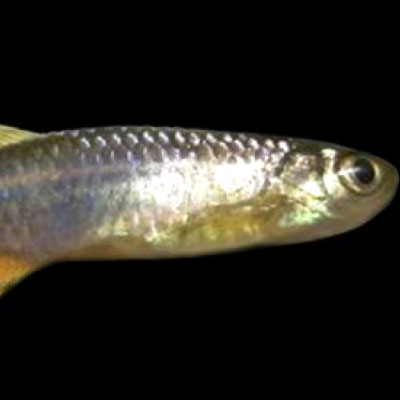
Danio Sp.
Birds
The Gunung Kanthan limestone area supports high species richness of birds. The area serves as a refuge for several endemic, threatened and protected species of animals and plants. Although the area is rather disturbed with mixed vegetation that includes limestone habitat, secondary forest, orchards, grassland, and water bodies, these habitats provide niches for a variety of bird species. The protection of birds is vital for the ecosystem. Gunung Kanthan area also serves as a preferred feeding and resting grounds for migratory bird species.
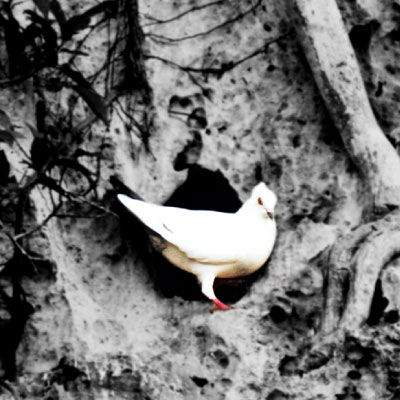
Columba Livia, Rock Pigeon

Lanius Schach, Long-tailed Shrike

Merops Leschenaulti, Chestnut-headed Bee-eater
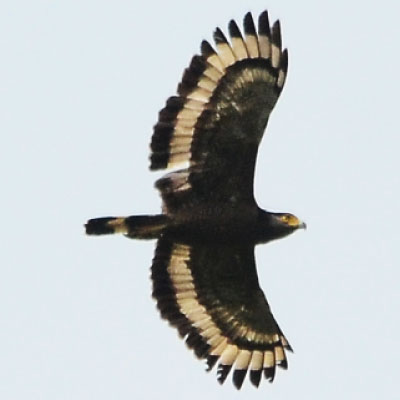
Spilornis Cheela, Crested Serpent Eagle
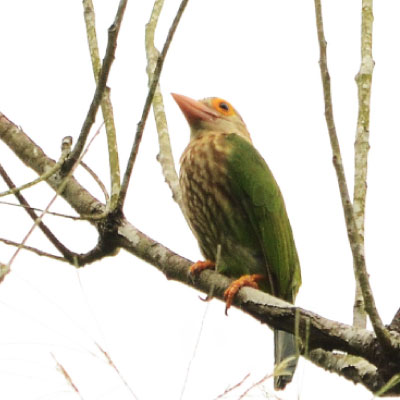
Megalaima Lineata, Lineated Barbet
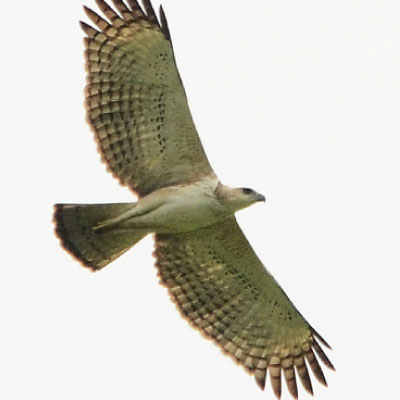
Nisaetus limnaeetus, Changeable Hawk-eagle
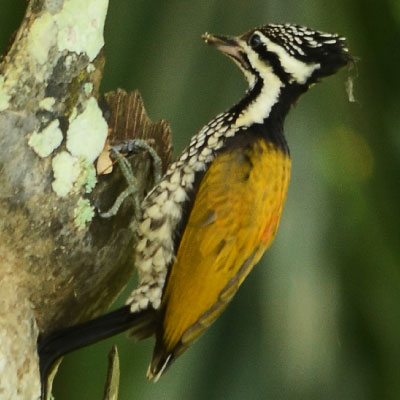
Dinopium Javanense, Common Flameback

Ardea Purpurea, Purple Heron

Megalaima Haemacephala, Coppersmith Barbet

Monticola Solitarius, Blue Rock Thrush
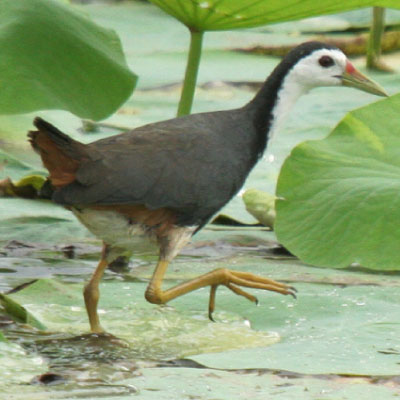
Amaurornis Phoenicurus, White-breasted Waterhen

Gallinula Chloropus, Common Moorhen
The Kanthan Biodiversity Conservation Initiative
Currently, the Kanthan Biodiversity Conservation Initiative has five ongoing biodiversity projects, each specially curated to protect and conserve a significant species found at Gunung Kanthan.

Plant Recce And Translocation Project
With guidance from Tropical Rainforest Conservation and Research Centre (TRCRC), we built an in-house plant nursery. Most of the locally endangered species were identified during the plant and seed recce and germinated in the nursery to be replanted at designated rehabilitation sites.

Land Snail Translocation Project
The Elephant snail, Pollicaria elephas is known to have the largest living population in the northern part of Kanthan Hills. An extensive microclimate and snail diet analysis has been carried out in collaboration with University Malaysia Sabah (UMS) and RIMBA to survey and determine suitable living conditions to ensure their long-term survival following the translocation.

Liphistius Kanthan (Trapdoor Spider) Population Study
Liphistius kanthan is currently listed by IUCN as a critically endangered species inhabiting Gua Kanthan. New research will be carried out with Universiti Malaya (UM) to study the population of this rare cave dweller to ensure the sustenance of the spider population.

Jasa Megah Rehabilitation Project
Palm oil waste was used to create humus and to store water for reclamation work at Jasa Megah. Pioneer and fast-growing trees were planted to repair the soil condition of the heavily disturbed area. As a result, trees successfully planted using humus created from palm oil waste and the reclamation activities have attracted wild animals to inhabit at the area.

Bat Diversity And Cave Structure Study
Bats as one of the cave health indicator since cave inhabitants feed on bat droppings as their main source of food.
